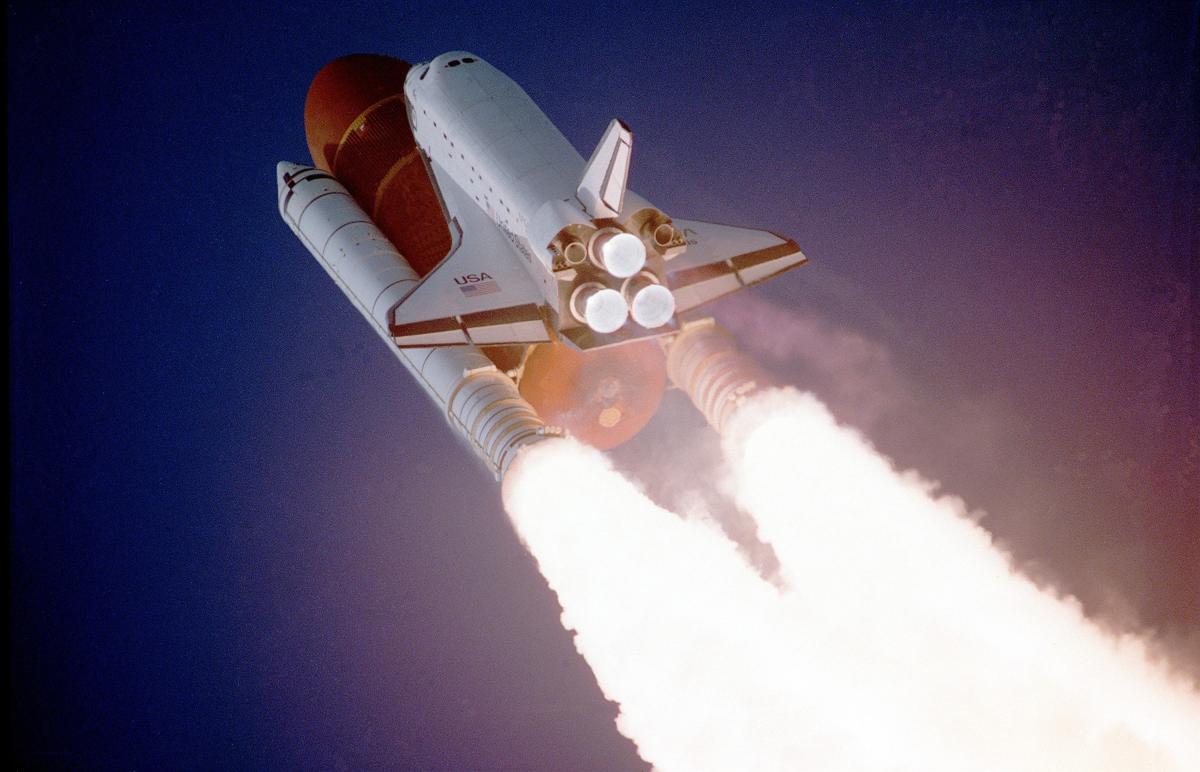
Angle of Propulsion
Students will design a balloon rocket. They will then create a fish line track for the rocket to follow. The track will be able to me modified to test different angles of ascent. This will allow students to discover by calculating the rate of ascent, which angle creates the best ascent rate.
Lesson Plan Link/URL
https://docs.google.com/presentation/d/1zCgKSIgkpBrIvn84RcSKwTfmr8V5Pty4/edit?u…Subject Area
Science Physical Science P3: Net Force Technology 3. Knowledge Constructor 4. Innovative Designer 6. Creative Communicator Engineering S2: Apply the Engineering Design Process S3: Apply Mathematics to Engineering Mathematics Geometry (G) Ratio and Proportion (RP) English Language Arts (ELA) Writing Speaking & ListeningRelated Content

This lesson is part one of four lessons, which will culminate in the flight of drones built by the students. Lesson 1: SOAR focuses on social-emotional learning (SEL), noticing and wondering, and the

Students use the engineering design process to create paper rocket protoypes and complete a cost-benefit analysis to help choose the best one.

This Lesson demonstrates and helps students understand the concept of non-contact forces with a hands-on-activity. In the experiment, the students will be making a magnetic car in groups of 2-4. After